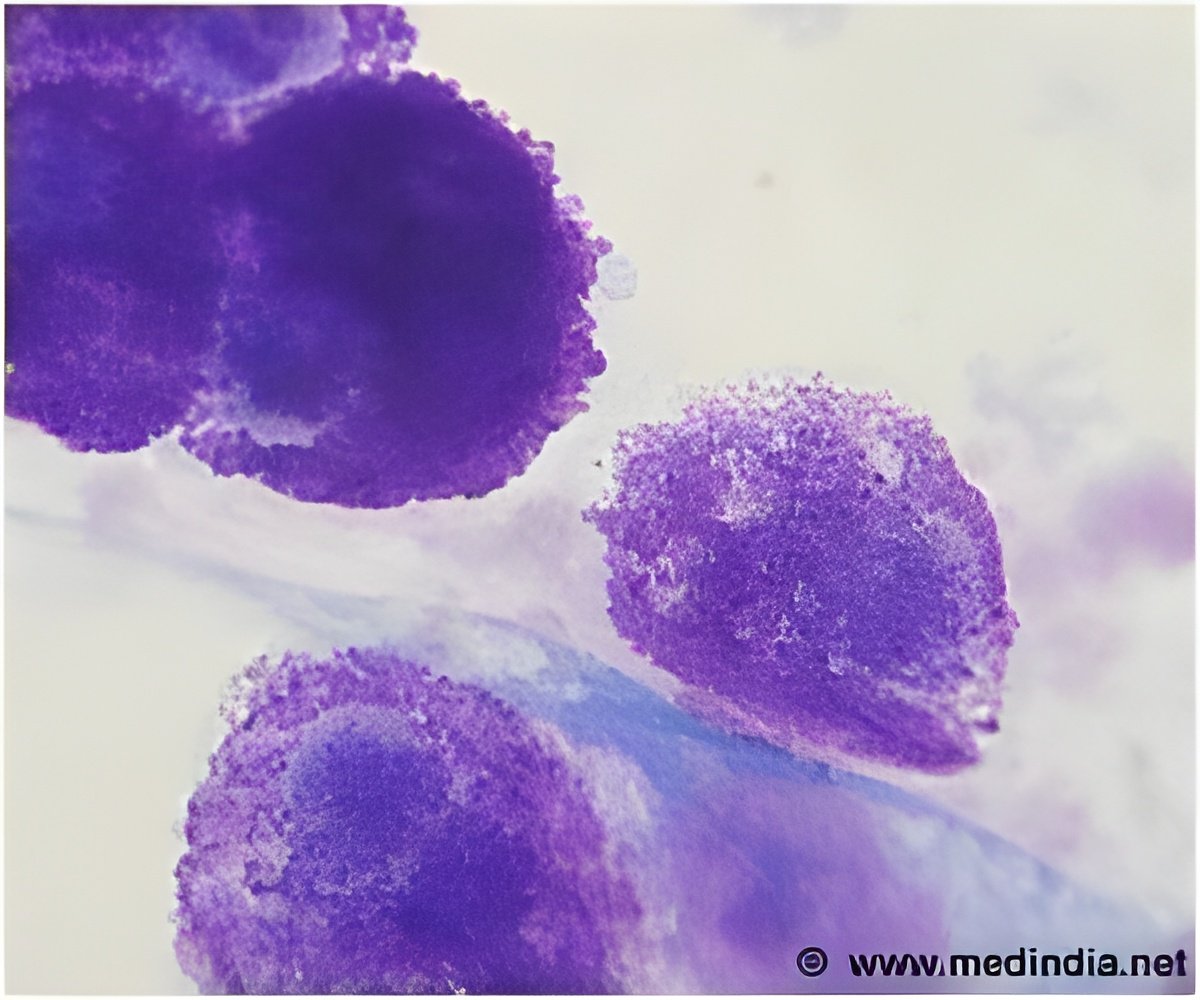
The researchers compared outcomes of 47 patients who had multiple tumors with 47 who had a single lesion, matching them for age, functional impairment scores, extent of tumor removal and radiation therapy and chemotherapy. Median overall survival for the multifocal group was six months, compared to 11 months for those in the single tumor group.
Patil, first author of an article in the Aug. 24 Journal of Neurosurgery, noted that a comparatively large percentage of tumors in the multifocal group appeared to be "treatment resistant," continuing to grow even after patients underwent radiation therapy.
Unlike earlier studies, nearly all of these patients were diagnosed and treated during the "temozolomide era," beginning in 2005 when this drug joined radiation therapy as the mainstay of glioblastoma treatment. Even so, 11 of the 47 patients in the multifocal group did not receive temozolomide because, the researchers suggest, disease progression is so quick that many patients are unable to start or complete standard therapies.
Patil said researchers believe cells of multifocal tumors may have an increased ability to migrate in the brain and invade normal tissue, leading to more rapid patient decline; recent advances in therapies for glioblastomas have not improved survival in these patients.
"A thorough investigation of the unique biology of these tumors and their invasive and migratory mechanisms is needed so we may develop a new generation of targeted therapies," said Patil, who received a Cedars-Sinai grant that will fund the study of genetic and biological differences between single tumors and those originating at multiple sites.
Glioblastoma multiforme is the most common and aggressive malignant tumor occurring in the brain, and patients typically survive 15 months when undergoing standard treatments. Other single-tumor patients in the larger pool from which those in this study were derived, had median survival of 16 months. The shorter 11-month survival of study patients is believed to result from the matching process: Because many of those with multiple-site tumors could not undergo complete tumor removal, their corresponding single-site patients had tumors with locations or characteristics that made them appropriate for biopsy only.
Advertisement















